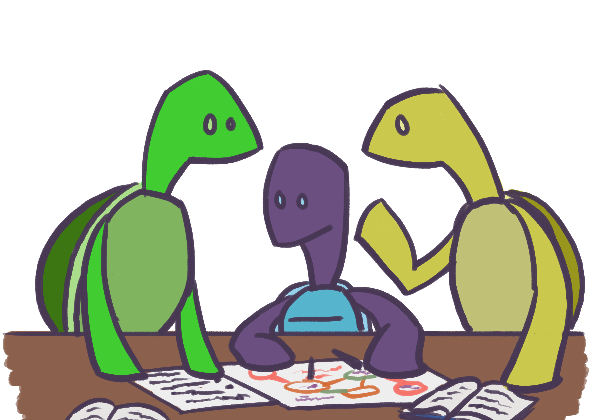Overview
Computational thinking is becoming an essential part of what students need to know as computer science and data science are more embedded in STEM careers and daily life. Computational thinking is the process of using tools from computer science to solve and analyze problems. The focus of this project is the design of learning experiences in different high school science courses to help students gain experience in computational thinking. The project uses a partnership between two universities and school district to develop and refine the units as a collaboration between researchers, teachers, and school leaders. The goal is to help all students have opportunities to learn about computational thinking in multiple science courses.
The Research and Practice Partnership between the universities and the school district will address two problems of practice at the high school level. First, students will engage in computational modeling in science classes to provide all students opportunities to learn computational thinking. Second, teachers will have the opportunity to learn more about the Next Generation Science Standards (NGSS) and develop curriculum to support the standards. The project will create units for four science subjects and investigate the design and implementation of those units. Using design-based implementation research, the project has three research questions that focus on the design of the units and what students and teachers learn in the process.. (1) How and under what conditions does engaging in computational modeling practices (CMPs) through the designed units in one course lead to shifts in: learning of disciplinary core ideas and cross-cutting concepts, computational modeling practices (CMPs) , and attitudes towards science and computation? (2) How and under what conditions does repeated exposure to CMPs across science courses impact student learning? (3) How do teachers see the role of professional development in preparing them to use the curricula? (4) How and why do they adapt the curricula to fit their classrooms? (4) What kinds of design supports do students and teachers need to use these units? (5) How can we design a collection of computational modeling units that integrate 3-dimensional NGSS learning with computational thinking practices for multiple subjects? The data collection will include classroom observations and videos, surveys of teachers and students, measures of students’ learning, The project will also gather log data from the StarLogo Nova platform that is being used as a tool for computational modeling and simulation in the units.
